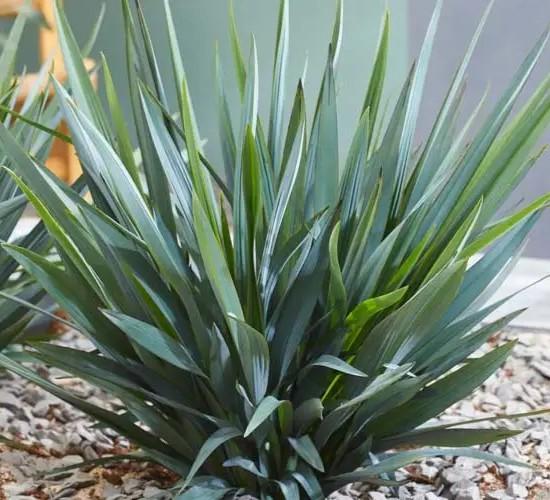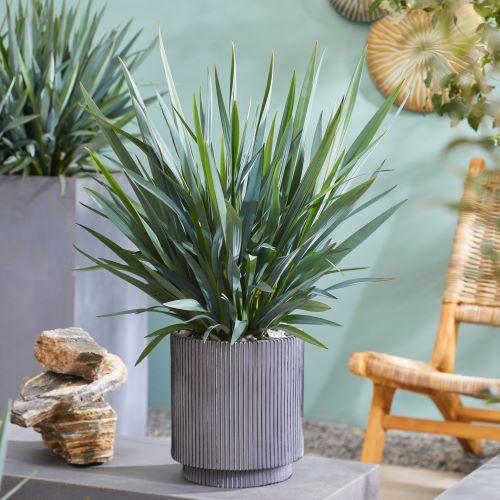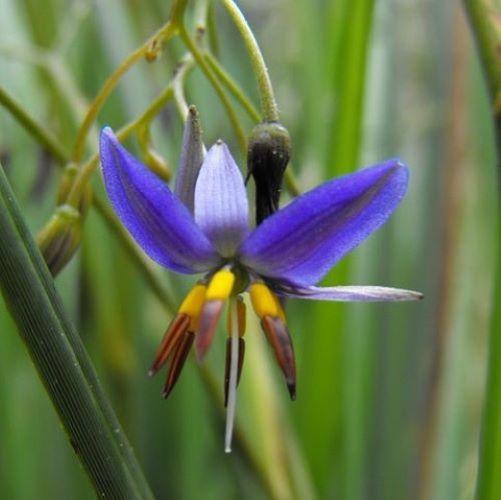This daniella has bluish-green leaves, broader than the type, and blooms blue in summer. It is easy to grow and tolerates drought and nutrient-poor soils well, making it an excellent choice for seaside gardens.
|
Packaging
To find out more about our packaging, please visit our young plants' page available from the website header.

|
Sold by | Available quantity | Delivery from | Desired quantity | |
|---|---|---|---|---|---|
|
Packaging
GT9
To find out more about our packaging, please visit our young plants' page available from the website header.

|
Sold by min 10 | Available quantity 61 | Delivery from Immédiat |
|
|
DIANELLA caerulea Blue Stream ® characteristics
With its phormium-like appearance, Dianella Blue Stream® is the result of a horticultural selection based on the Tasmanian lily. Its evergreen leaves are lanceolate, pointed and rigid, with an attractive green hue tinged with bluish reflections. The plant is relatively slow-growing, reaching a mature height of 70 cm with a spread of 50 cm. Over time, its clump expands thanks to short rhizomes. Between June and August, its small, deep-blue flowers are enhanced by yellow stamens.
How to use DIANELLA caerulea Blue Stream ®?
Because of its very graphic features and aesthetic appeal, this plant is often used for ornamental purposes in contemporary, seaside landscape gardens. It can also be used as a pot or bedding plant, and adapts well to coastal environments. Hardy down to -7°C, it is highly resistant to sea spray and drought.
How to grow DIANELLA caerulea Blue Stream ® successfully
Dianella Blue Stream® is best planted in light, well-drained, humus-rich, sandy soil, preferably slightly acidic. It avoids calcareous soils, but thrives in sunny to semi-shaded exposures, whether in a bed, a rockery or in association with Phormiums...



